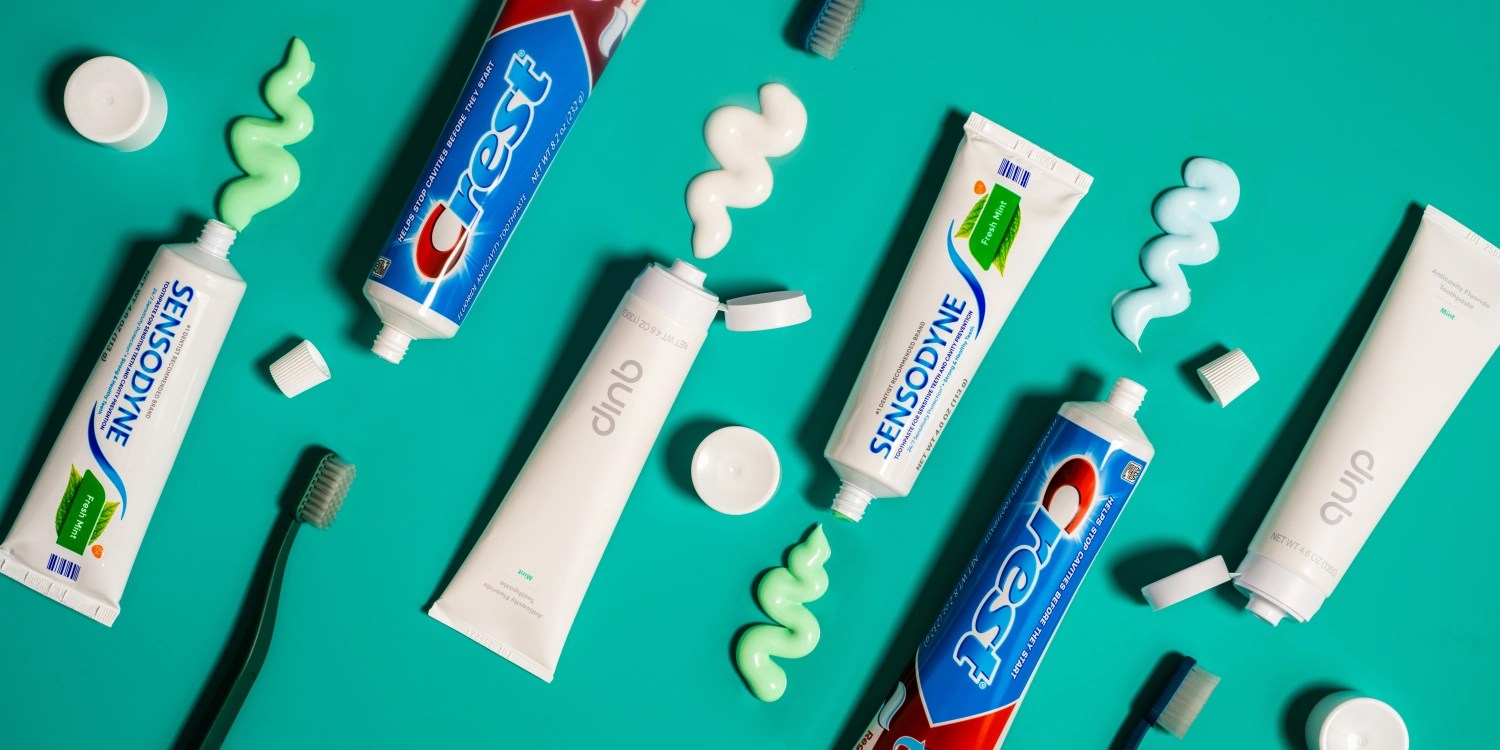
Toothpaste is an essential part of our daily oral hygiene routine. We use it twice a day to keep our teeth clean and our breath fresh. But have you ever wondered about the nutritional value of toothpaste? While toothpaste is not intended to be ingested, it does contain ingredients that can have an impact on our oral health. In this article, we will explore the nutrition facts of toothpaste and delve into the key ingredients that make it effective in maintaining a healthy mouth. From fluoride to antibacterial agents, there’s more to toothpaste than meets the eye. So, let’s dive into the world of toothpaste nutrition facts and discover the secrets behind this crucial dental care product.
Key Takeaways:
- Toothpaste not only cleans teeth but also strengthens enamel, prevents plaque, and freshens breath. There are natural, cruelty-free, and fluoride-free options available to suit different preferences.
- Proper toothpaste usage, along with regular flossing and dental check-ups, can reduce the risk of gum disease and promote healthier gums. Remember to store toothpaste in a cool, dry place for maximum effectiveness.
Toothpaste contains fluoride to strengthen teeth.
Fluoride is a key ingredient in toothpaste that helps to protect and strengthen tooth enamel, making teeth more resistant to decay.
Tartar control toothpaste helps prevent plaque buildup.
Tartar control toothpaste contains active ingredients that help to remove and prevent the formation of plaque, which can lead to gum disease if left untreated.
Whitening toothpaste helps remove stains from teeth.
Whitening toothpaste often contains abrasives or hydrogen peroxide, which can help to remove surface stains and lighten the color of teeth over time.
Toothpaste comes in a variety of flavors, including mint, cinnamon, and fruit.
From the classic mint flavor to more adventurous options like cinnamon and fruit, toothpaste offers a wide range of flavors to suit different preferences.
Some toothpaste brands offer natural and organic options.
In response to growing consumer demand for natural products, some toothpaste brands now offer natural and organic toothpaste options that are free of artificial ingredients.
Toothpaste can help freshen breath.
Many toothpaste formulations contain ingredients such as mint or eucalyptus oil that can help to freshen breath and leave a pleasant taste in the mouth.
Fluoride-free toothpaste is available for those who prefer an alternative.
For individuals who prefer to avoid fluoride, there are fluoride-free toothpaste options that still provide effective cleaning and oral hygiene benefits.
Children’s toothpaste is specially formulated for young kids.
Children’s toothpaste often has lower concentrations of fluoride and a milder flavor to make brushing more enjoyable for young children.
Sensitivity toothpaste can help reduce tooth sensitivity.
Sensitivity toothpaste contains ingredients that help to desensitize nerve endings in the teeth, providing relief for individuals with tooth sensitivity.
Some toothpaste brands are cruelty-free and not tested on animals.
For those concerned about animal welfare, there are toothpaste brands that are certified cruelty-free and do not test their products on animals.
Toothpaste can help remove food particles and debris from the teeth.
Brushing with toothpaste helps to physically remove food particles and debris, promoting oral hygiene and preventing bad breath.
Some toothpaste brands offer anti-plaque formulas.
Anti-plaque toothpaste contains ingredients that help to prevent the formation of plaque, a sticky film of bacteria that can lead to gum disease if left unchecked.
Toothpaste tubes can be recycled to reduce environmental impact.
Many toothpaste tubes are made of recyclable materials, making it easy for consumers to reduce their environmental footprint by recycling them after use.
Toothpaste should be stored in a cool, dry place to maintain effectiveness.
Proper storage of toothpaste helps to preserve its effectiveness and maintain its texture and flavor. It is recommended to store toothpaste in a cool, dry place.
Toothpaste should be used in conjunction with regular flossing and dental check-ups.
While toothpaste is an important part of oral hygiene, it should be used in combination with regular flossing and dental check-ups to maintain optimal oral health.
Toothpaste can help reduce the risk of gum disease.
Regular brushing with toothpaste can help to remove plaque and bacteria, reducing the risk of gum disease and promoting healthier gums.
Travel-sized toothpaste is available for convenience on the go.
For those who frequently travel or are always on the go, travel-sized toothpaste tubes are available, making it easy to maintain oral hygiene while away from home.
Toothpaste is safe if used as directed.
When used according to the instructions, toothpaste is safe to use. However, swallowing large amounts of toothpaste should be avoided, especially by young children.
Brushing with toothpaste should be done for a minimum of two minutes.
Dentists recommend brushing with toothpaste for at least two minutes to ensure thorough cleaning of the teeth and gums.
Conclusion
In conclusion, toothpaste nutrition facts provide important information about the ingredients and benefits of using toothpaste. By understanding these facts, individuals can make informed choices about which toothpaste to use and how it can contribute to their oral health. It is crucial to pay attention to the fluoride content, as it is known to prevent tooth decay. Additionally, the presence of natural ingredients such as baking soda and essential oils can provide added benefits like whitening and freshening breath. Remember to check the nutrition facts label and consult with dental professionals to ensure you are using the right toothpaste for your specific needs.
FAQs
1. Does toothpaste contain any nutrients?
While toothpaste is not a significant source of nutrients, some toothpaste formulas may contain additives like calcium, potassium, or vitamins that can benefit oral health.
2. Are there any specific ingredients to avoid in toothpaste?
Some toothpaste may contain ingredients like triclosan or artificial sweeteners, which some individuals prefer to avoid. It is always recommended to read the ingredient list and choose toothpaste that aligns with your preferences and concerns.
3. How much fluoride should be in toothpaste?
The American Dental Association recommends using toothpaste that contains fluoride. The optimal amount for adults is 1350-1500 parts per million (ppm), while children under three years old should use a fluoride toothpaste with a lower concentration (around 1000 ppm).
4. Are natural toothpastes as effective as regular toothpastes?
Natural toothpastes can be effective in maintaining oral health, but they may not have the same level of fluoride as regular toothpastes. If you decide to use a natural toothpaste, ensure that it still contains ingredients like baking soda or essential oils that can provide additional benefits.
5. Can toothpaste help with teeth whitening?
Some toothpaste formulas include whitening agents like hydrogen peroxide or baking soda, which can help remove surface stains and gradually whiten teeth. However, for more significant whitening results, professional dental treatments may be necessary.
Was this page helpful?
Our commitment to delivering trustworthy and engaging content is at the heart of what we do. Each fact on our site is contributed by real users like you, bringing a wealth of diverse insights and information. To ensure the highest standards of accuracy and reliability, our dedicated editors meticulously review each submission. This process guarantees that the facts we share are not only fascinating but also credible. Trust in our commitment to quality and authenticity as you explore and learn with us.


